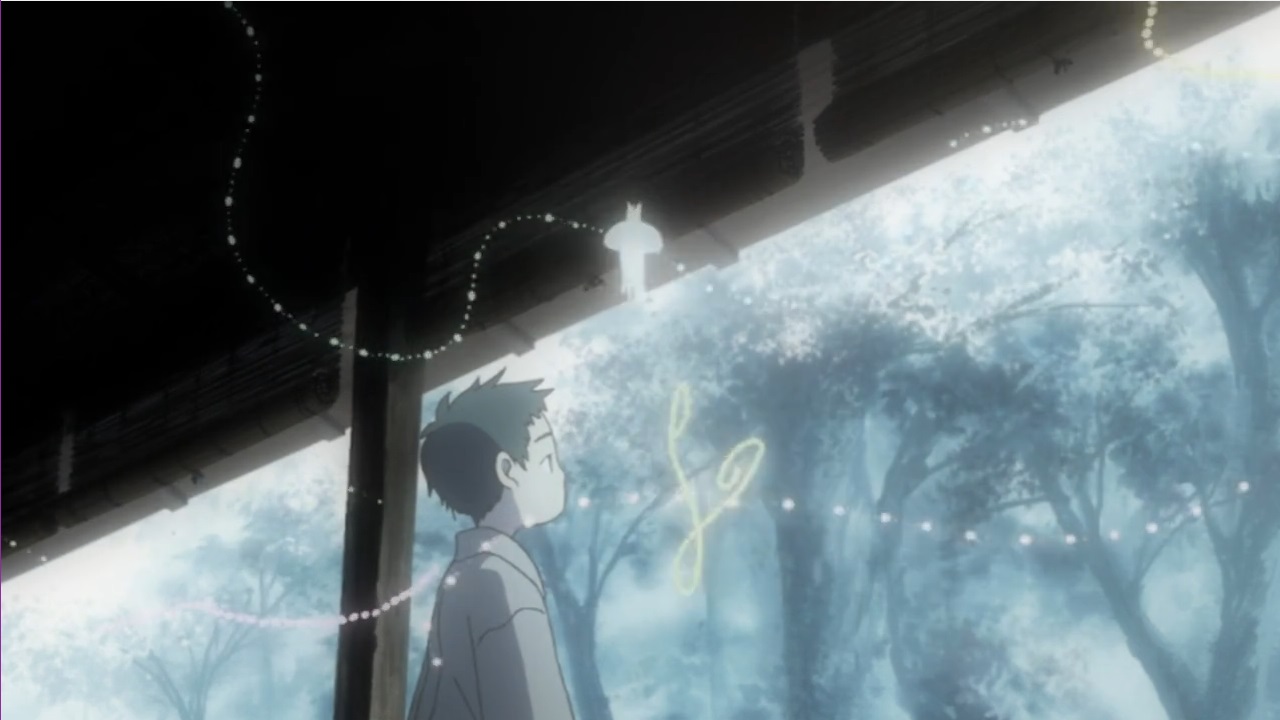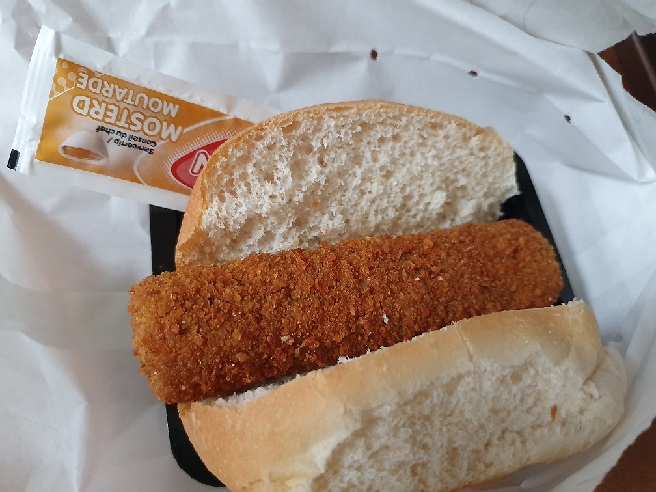If my novel about the Holocaust resulted in such pig ignorant takes on it, I wouldn’t write a sequel, but John Boyne is made of sterner stuff.
Boyne protests that his work is “just a fable,” but this doesn’t detract from the views of children after reading the book, many of which are quoted in the study mentioned above. “We always think of the Nazis as the bad guys and this shows that the Holocaust didn’t just affect the Jews (…) but the problems that Nazi families might encounter and what their problems were,” said Dan, a year 9 student. “It is too easy to feel sorry for the Jews (…), I don’t mean that in a rude way, it is just like, everyone is always (…) going to sympathize with the Jews (…) when you see it from like Bruno or the mother’s perspective it seems a bit different because they had to live with that,” said Jack, year 12. The most egregious quote though is “they (the Nazis) couldn’t do anything about it because they (…) basically got killed off if they didn’t do what he (Hitler) said (…) it doesn’t matter who was the bigger victim, they (Nazis and Jews) were all still victims of Hitler’s control in some shape or form,” from Erica, year 11.
This is why I distrust Holocaust fiction. Or any fiction revolving around recent genocides written by the un-involved. Even when done with the best of intentions it’s disrespectful. You’r e turning a history that isn’t yours, with all the pain and suffering associated with it and turn it into a setting for what’s usually just a trite morality play, giving your story a grandour and seriousness that it hasn’t earned. In the process the actual victims — Jews, Roma, Poles, others — are reduced to background bit players in their own tragedy.
10 May 1910 | Leon (Leba) Rajbenbach, a Polish Jew, was born in Warsaw to Pinkhus and Braindel. He emigrated to France where he worked as a merchant. During the war he lived in Paris.
In 1942 he was deported to #Auschwitz. He did not survive. pic.twitter.com/lh18XVAbTx
— Auschwitz Memorial (@AuschwitzMuseum) May 10, 2022
It is bad enough when it’s some fundamentalist Christian hack writer using Auschwitz as a background to showcase the moral struggles of the SS Kamp Kommandant as he converts to Christianity, but much more dangerous when it’s a renowned literary writer like John Boyne. As Ally Goldber writes in the Kveller article cited above shows, because it became a bestseller and because of the cachet given to it by who wrote it, the Boy in the Striped pyjamas is widely used to teach the Holocaust to children, therefore doing enormous damage to their understanding of what it was like. That’s what leads to ideas that both Jews and Nazis were victims, that Nazi pain is more interesting, somehow better or more real than the pain of their victims. It reduces the Holocaust to a nice tearjerker that doesn’t blame anybody and we don’t need to worry about because, as the last lines of the novel states: Of course, all of this happened a long time ago and nothing like that could ever happen again. Not in this day and age.
10 May 1939 | A Duch Jewish girl Clara Miriam van Moppes was born in Amsterdam.
In September 1942 she was deported to #Auschwitz and murdered in a gas chamber after selection. pic.twitter.com/avFjx4Oy5j
— Auschwitz Memorial (@AuschwitzMuseum) May 10, 2022
No wonder John Boyne ended up in a slagging match with the Auschwitz Museum on Twitter, who stated that “The Boy in the Striped Pyjamas” should be avoided by anyone who studies or teaches about the history of the Holocaust. The main problem with the book is well pointed out by Hannah May Randall writing for the Holocaust Exhibition and Learning Centre: Because the focus of the story remains on Bruno’s family, the book does not engage with the main tragedy of the Holocaust: that none of the people in the gas chamber should have been there. The lines between victims and perpetrators are blurred, the Holocaust is reduced to almost a natural disaster that nobody could really be blamed for. and while it’s sad what happened to the Jews, the real tragedy is when a real person like Bruno is caught up in it.
10 May 1910 | A Polish woman, Joanna Bulska, was born in Zawiercie.
In #Auschwitz from 15 January 1943.
No. 28748
She perished in the camp on 10 February 1943. pic.twitter.com/EdYNdrWcTL— Auschwitz Memorial (@AuschwitzMuseum) May 10, 2022
If you compare Boyne’s output with something like Art Spiegelman’s Mause, you really notice how anodyne and two-dimensional it is. Vladek, Spiegelman’s father and main character is not some cardboard saint, but a real person, somebody who comes across as a bit of an asshole to his son. Spiegelman himself is not an entirely sympathetic figure either, struggling with the heritage of his parents’ experiences as Holocaust survivors and how that fucked up his own life as well. It doesn’t pretend to let you understand the Holocaust, but rather an attempt by Spiegelman to understand his own personal history, imperfectly as it may be rendered in a comic. That appeals a lot more to me than the pretentions with which Boyne approaches the subject.
10 May 1935 | A French Jewish girl, Bayla Mandelbaum, was born in Paris.
On 31 August 1942 she was murdered in a gas chamber in #Auschwitz. pic.twitter.com/sJ4PgebR7f
— Auschwitz Memorial (@AuschwitzMuseum) May 10, 2022
But the best way I’ve found to glimpse even an inkling of the true horrors of the Holocaust is by following the Auschwitz Museum on twitter. Each day they tweet out the biographies of some of the people that were sent to Auschwitz and their fate. The four quoted here were just the first four I saw today when looking at their timeline, but most of them read like this. Somebody is born, grows up, is sent to the camp and is murdered there. Jew, Roma, Pole, Russian, an endless stream of promising lives destroyed. That to me is more horrifying and enlightening than any fictional story could ever be.



